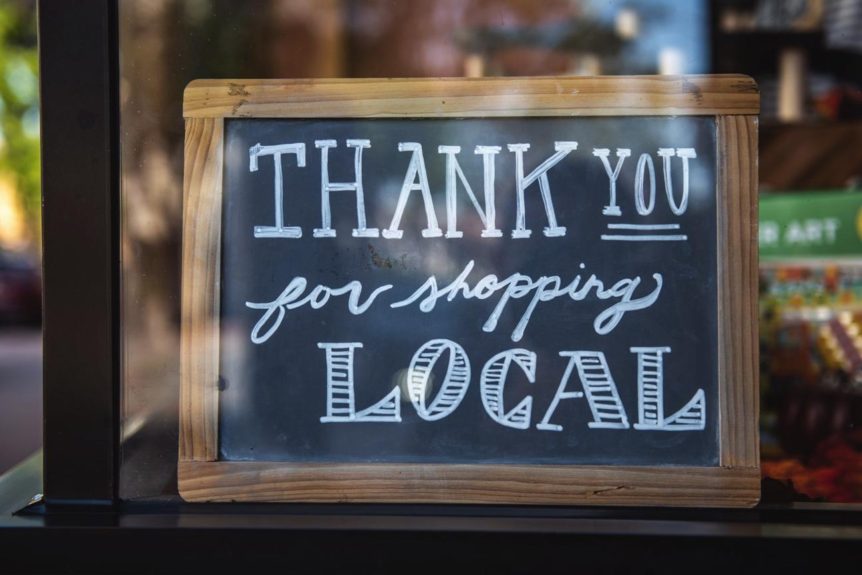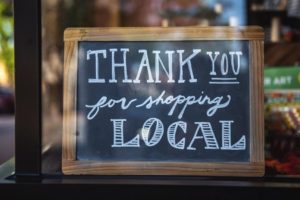When big banks failed, small lenders saved small businesses
But what comes next is still unclear.
What the program did and didn’t do, however, provides a road map for how best to help small businesses access the capital they need to transition from crisis to recovery. What’s more, “recovery” must be more than just a return to normal; even before the pandemic many small businesses were struggling—especially in low- and moderate-income communities.
The numbers are clear: while 27% of all PPP loans went to low- and moderate-income communities, for us that number is 71%.
The second most important lesson learned is that CDFIs and nontraditional lending institutions are better able to reach nonprofit businesses. Nonprofits are not usually thought of as small businesses, but that is in fact what most of them are—mission-driven employers of people who provide essential services.
The number of jobs created by U.S. nonprofits has grown by 18.6% since 2007—three times faster than the country’s for-profit businesses, according to a recent study by Johns Hopkins University. Nonprofits now account for the third-largest employment sector in the U.S. The same report outlined the difficulties nonprofits experienced accessing PPP loans. It is unclear how many nonprofits received PPP loans through CDFIs, but for the one that I run, nonprofits accounted for 53% of our total PPP portfolio.
Our Delaware nonprofit PPP initiative is a prime example. In the first round of PPP, few if any nonprofits in the entire state secured a loan. Working with our longtime partners there, Discover Bank and the Longwood Foundation (a DuPont-backed philanthropy), we put together a special credit facility on the fly targeted to Delaware’s nonprofit sector. This resulted in 62 PPP loans worth more than $8.8M going to nonprofits in the state, which saved 1,500 jobs largely in low- and moderate-income communities.
With dire predictions of small-business loss across the country and unemployment concentrated in disadvantaged neighborhoods, the next recovery bill needs to include a much larger capitalization for CDFIs to reach as many small businesses and nonprofits as possible. One could argue that given the struggle that disadvantaged communities have always experienced, a recovery plan going forward should disproportionately benefit these communities.
New York state has created, while still in its infancy, a potential national model, the NY Forward Loan Fund, to address these issues. The state acts as an aggregator of capital from all sources—including big banks, small banks, credit unions, foundations and the like—but centers CDFIs as the lenders. The loans are low interest (3% for private business and 2% for nonprofits) and have a five-year payback window. The funds can be used for any working capital business activity, not just keeping people on the payroll.
So as Congress continues to debate the next recovery bill, we have to push for more strategic thinking about how to meaningfully strengthen our small-business sector. To this end, a federal loan program needs to look more like the NY Forward Loan Fund in terms of its low-cost, patient capital that can be used for any business expense.
The federal program, however, should include some percentage of forgiveness for disadvantaged businesses–NY Forward does not–and it must operate on the scale of PPP. But perhaps more important, it has to include the entire financial ecosystem, not just large banks, with well-capitalized CDFIs playing a substantial role.


